Y Filltir Sgwâr/The Square Mile: Finding the great artist in your landscape
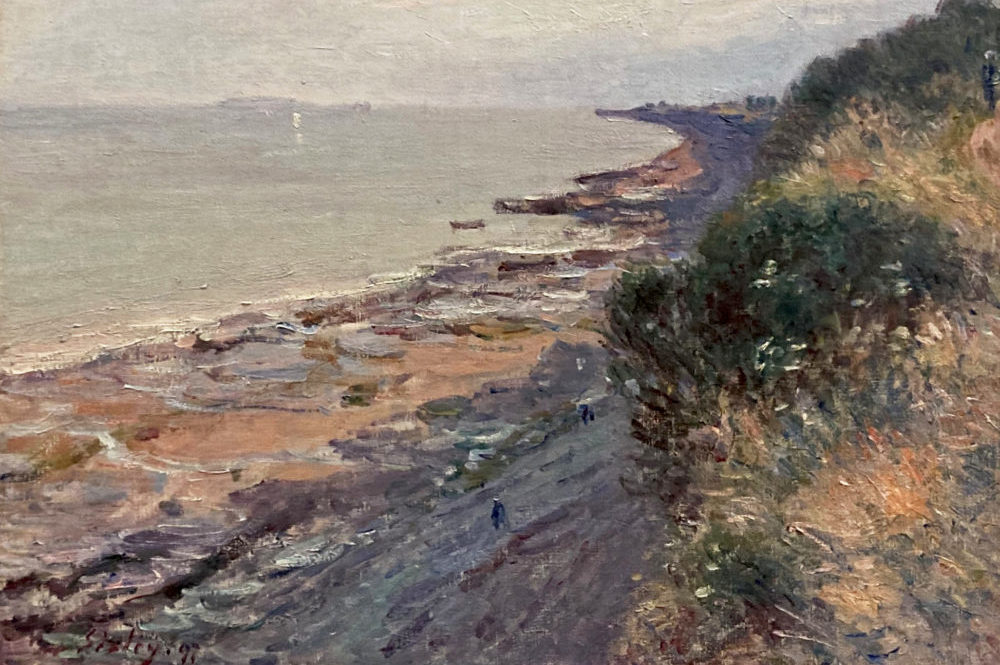
We continue our year-long series in which Tom Maloney, from Abersychan, shows how you can love a place so well it becomes a part of you.
So where does this article begin?
I think it must begin with the little boy of eleven walking through the huge doorway at The National Museum in Cardiff with eyes as big as saucers, just over half a century ago. I was that little boy and it was as if I had walked into another world, far removed from my normal everyday experience.
Beginnings
The exhibition that stood out for me then, as it still does today, was the gallery housing the Impressionist and Post Impressionist paintings.
Art has always been ‘my thing’ … thinking back, it was almost as if I was born with a pencil between the fingers of my right hand. Standing in the presence of these wonderful art works was so much more than a wow moment all those years ago, in my bones I feel it was a defining moment for me, even at such a young age. It has led me on a journey to art school and to visit galleries as far away as The Chicago Institute, but it all began with the collection housed in Cardiff.
A good many of the paintings form part of a collection bequeathed to the nation by the sisters Gwendoline and Margaret Davies. The generosity of this gift is staggering really and on a very personal level I feel so indebted to them for making it possible for everyday folk like myself being able to enjoy these great artworks so closely. I have a good many art books, but there is nothing like seeing a painting ‘for real’.
One of the most recent acquisitions is of ‘The Cliff at Penarth’ by Alfred Sisley, purchased by the Art Fund and the Gibbs Family Trust in 1993. This is an absolutely stunning artwork and a rare example of a landscape in Wales being the subject for an Impressionist work.
But for me, where the paintings of great artists like Sisley, Monet, Van Gogh and Cezanne come into their own is that they have a life beyond the gallery in my mind. Their great works often come into my mind as I explore my local landscape and I often reference them in my articles for Nation Cymru.
So, inspired by Amgueddfa Cymru, I would like to share with you some of my favourite places and the connections that I feel with the great artists and where better to start than with Monet.
Monet’s ‘Waterlilies’, Lilïau dŵr in the Welsh, are well represented at the museum, with three beautiful oils on display, all donated by Gwendoline Davies.
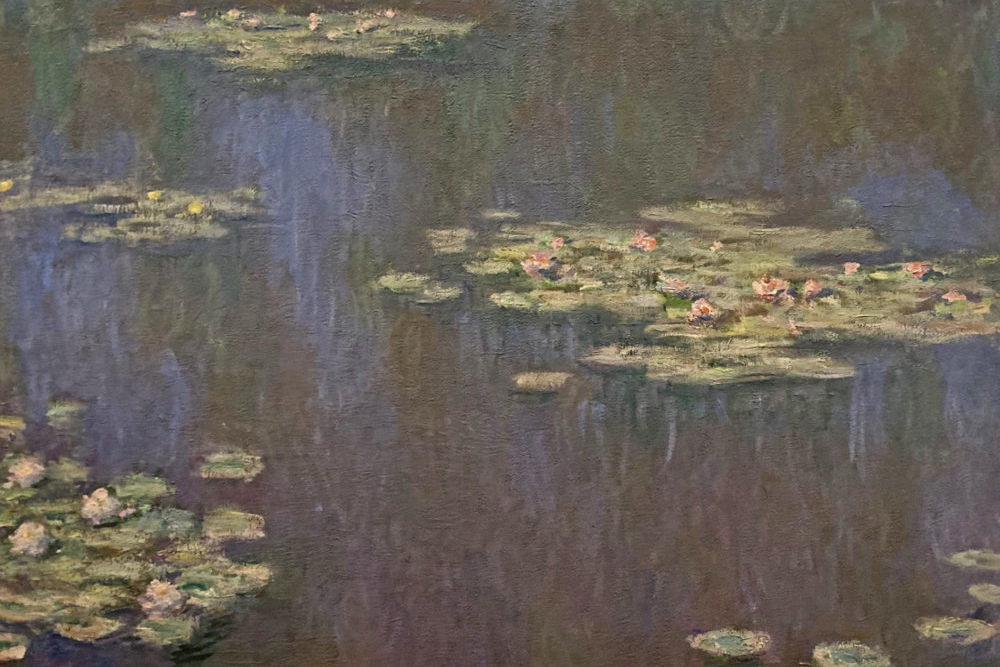
Unbelievably, these shimmering, delicate observations of light and colour are over 100 years old, but they still have the feel that they could have been painted yesterday.
Windows for the soul
Much has been written about Monet over the years and I often think about the description made by Cezanne that is commonly quoted ‘Monet is only an eye, but my God, what an eye!” It is indeed an interesting statement and I suppose it could be taken in so many ways.
I think I understand where Cezanne was going and I would see this as an accolade by the great man, but to me, I believe Monet is so much more than an eye. There is clearly an intent in what he was about as an artist.
The caption beside the painting refers to Monet diverting water to his house in Giverny to create a lake and gardens where he cultivated waterlilies that would be his artistic driver for the latter part of his life.
Giverny is of course world famous now, a masterpiece in itself that is visited by many. Through the garden and through his paintings I think Monet is telling us to look more closely at things, to become in tune with what you see. I think he is telling us that our eyes can be windows through which our souls can see as well, if we let them.
I do not have a water garden with waterlilies and I have yet to visit Giverny, but just a stone’s throw from the Heritage Centre in Blaenavon there are a series of ponds created by The Coal Authority to prevent mine water polluting the local water courses that takes me into the world of Monet. How strange this sounds, but it is true.
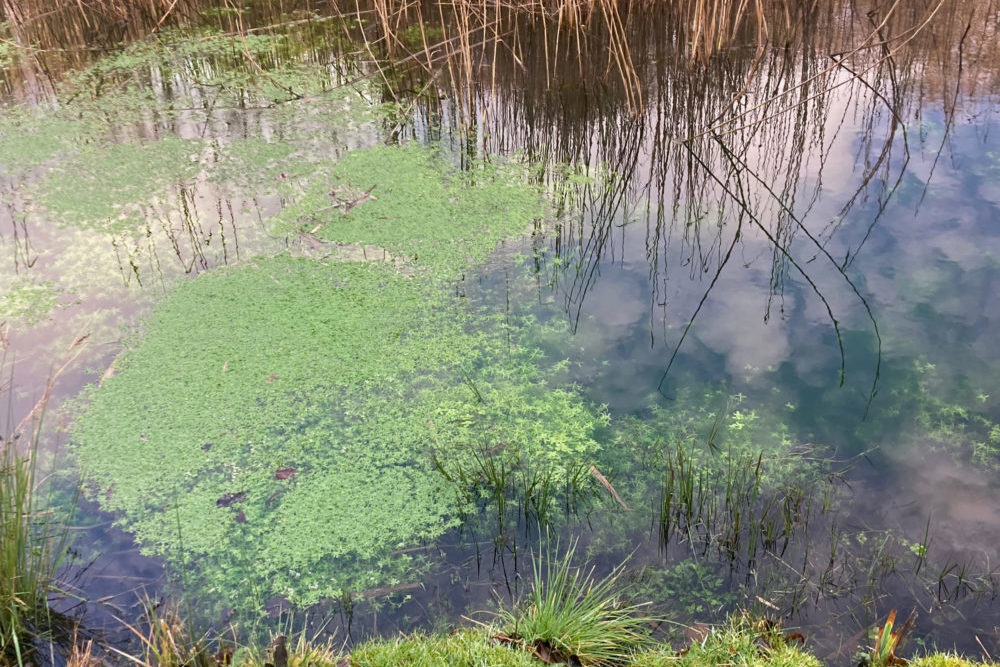
Spellbound
How wonderfully surprising it is to find such incredible beauty in something that could so readily be thought of as mundane and ordinary. I remember clearly the first time I came across these ponds … I was spellbound.
I have returned time and again to take a short walk around these reed bed, water filtration creations, just to make sure that I am not getting carried away by my imagination, but there is always the echo of Monet about them.
There is the same rich colour that you would expect in one of his masterpieces and the contrasts are magical, especially when the light is just right.
I am tempted to say that this is only a short walk, but my God, what a lovely walk!
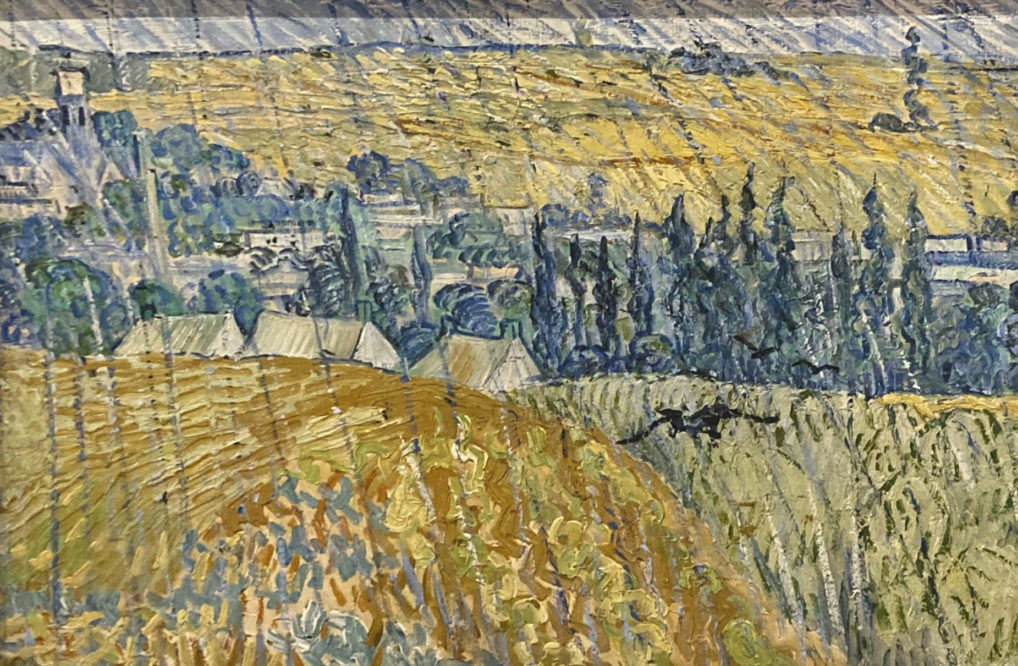
For my next choice I will turn to ‘Rain, Auvers – Glaw, Auvers’, an oil on canvas painted by Vincent van Gogh.
Quite simply, this is an extraordinary painting, the significance of which cannot be underestimated. The description at its side in the gallery highlights that it was painted at the most difficult time of his life.
It is impossible not to feel his pain, there is great sadness in this panorama of wheat, but I am also in awe of his mastery of oil and expressive mark making. It is a painting that was completed in 1890, but to me, as with Monet’s Waterlilies, it still feels somehow alive. It was indeed a tragedy that he ended his days soon after.
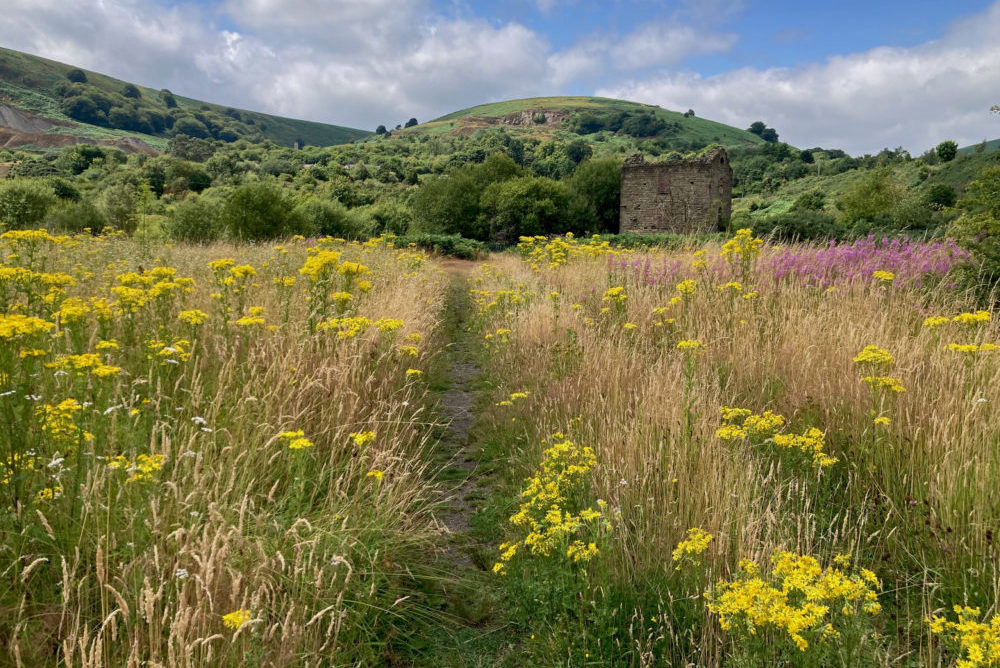
The former industrial site at The British, Abersychan is, perhaps, another unlikely place to find yourself thinking about the work of a great artist like van Gogh, but around the grassy tumps that surround the old engine house I often find myself thinking about his painting of Auvers.
There is no sadness about the photograph that is featured in this article, which I took last August. This is a site so far removed from its industrial past now.
Like the wheat that dominates the foreground in ‘Rain, Auvers’, grasses make the picture here. Into the mix I think too of his Sunflowers. Vivid yellows and pinks add brilliance to a field of texture. This is Nature’s vision and what a vision it is.
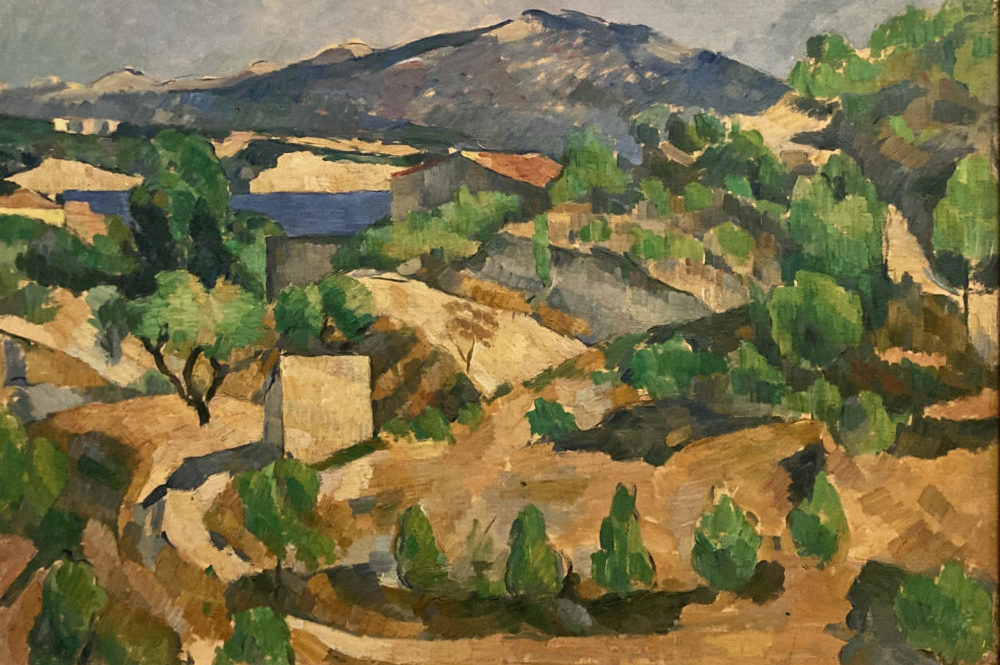
And now once again to Paul Cézanne and the landscape ‘The François Zola Dam’ which was painted around 1879.
Journey
A part of the description that is displayed with this magnificent masterpiece is so illuminating and says so much about the work and the man that I feel compelled to reproduce it in full:
‘The famous post-impressionist painter Paul Gauguin was the painting’s first owner.
Heavily influenced by Cézanne, he copied the landscape in gouache. Later purchased by Gwendoline Davies, she offered it as a loan to the National Gallery who rejected it. Eventually, in 1922, the Tate gallery reluctantly accepted the loan after pressure from important critics such as Roger Fry. He wrote it was ‘one of the greatest of all Cézanne’s landscapes.’
I am in full agreement with Roger Fry, this is the artist at his best and within the boundaries of this compact canvas it takes you on a journey to the top of Mont Sainte-Victoire, a focus for many of his paintings.
I doubt very much that any gallery would be so reluctant to take it on loan today!
Amgueddfa Cymru publishes comments and questions made by members of the public. In reply to a query as to whether the museum had Gwendolin Davies’s receipt of purchase, the reply was lovely and again so informative:
‘Yes, we do have Gwendoline Davies’s receipt. She bought this painting and ‘Provençal Landscape’ from the dealer Bernheim Jeune for £2,750 in February 1918.’
For me there are artists, great artists and then there is Paul Cézanne. There is something so unique and so special about his work. As you look at his paintings, they appear to be flat and yet sculptural at the same time and the landscape of Aix-en-Provence seems such a natural fit for his ‘chiseled’ forms.
His mark making and use of colour is bold and leads your eye from one part of the canvas to another with ease.
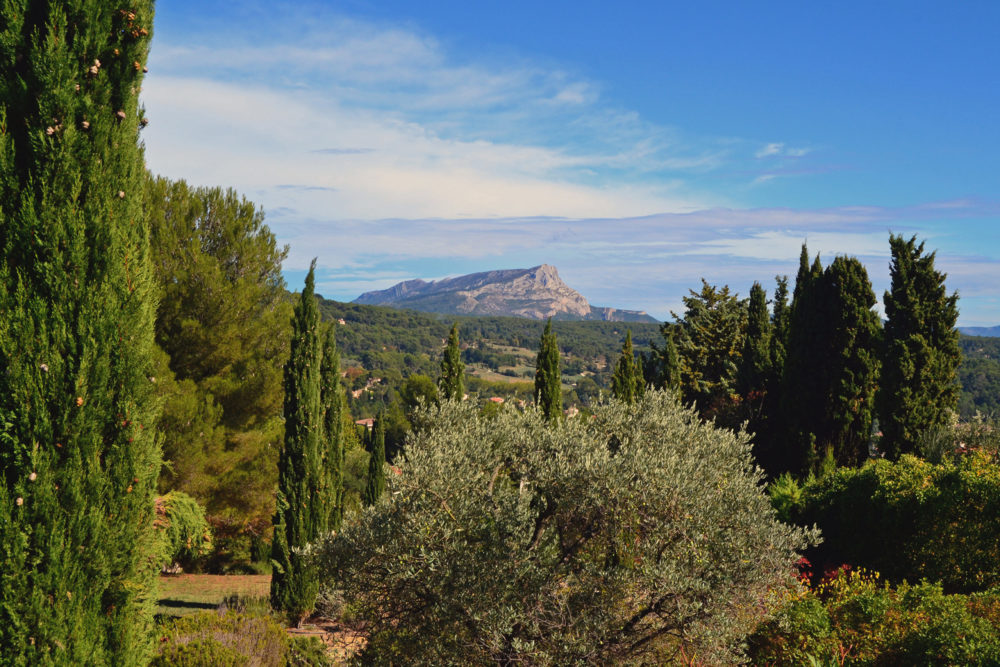
I always get a sense of the great man at the Tyla quarry ruins, which can be found near Blaenavon. I suppose it is inevitable that there is going to be something artistic or sculptural about an old quarry, but there is something more than this at work for me.
The profile of the quarry takes me straight away to the distinctive lines of Mont Sainte-Victoire. Inspired by Cézanne, I have sketched there several times and photographed there frequently.
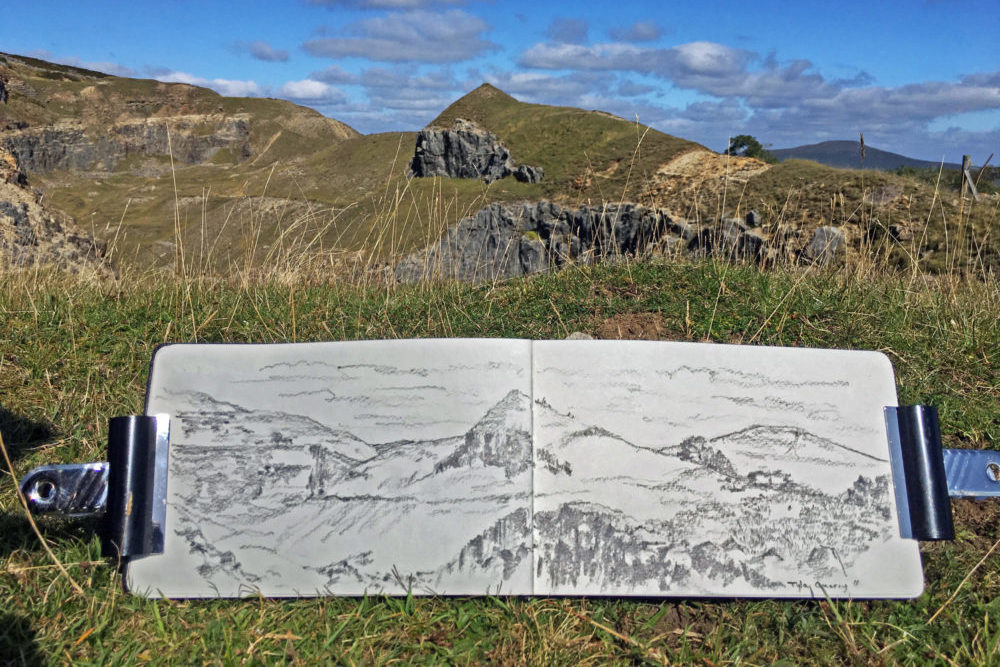
Its rugged, angular, impressive forms invite you to marvel. They say that beauty is in the eye of the beholder, but I do believe there is something special here and perhaps too Cézanne would have agreed.
And lastly, but not least in any way at all one more painting from Cézanne.
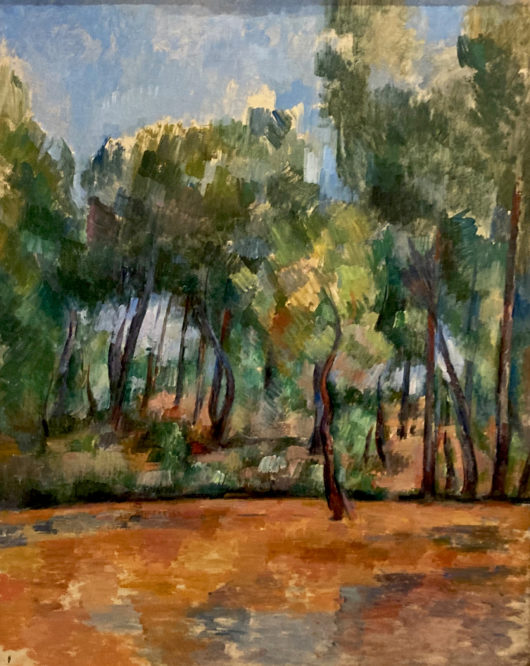
Provençal Landscape is a small woodland oil painting, but it is Cézanne at his purest.
There is probably nothing that would associate the painting with any particular woodland setting, but what does this matter. This is a landscape that explores shape, form and colour through wonderful mark making.
For me, it sums up all that I love about his work and all that I love about the Lasgarn Woodland in Abersychan as well.
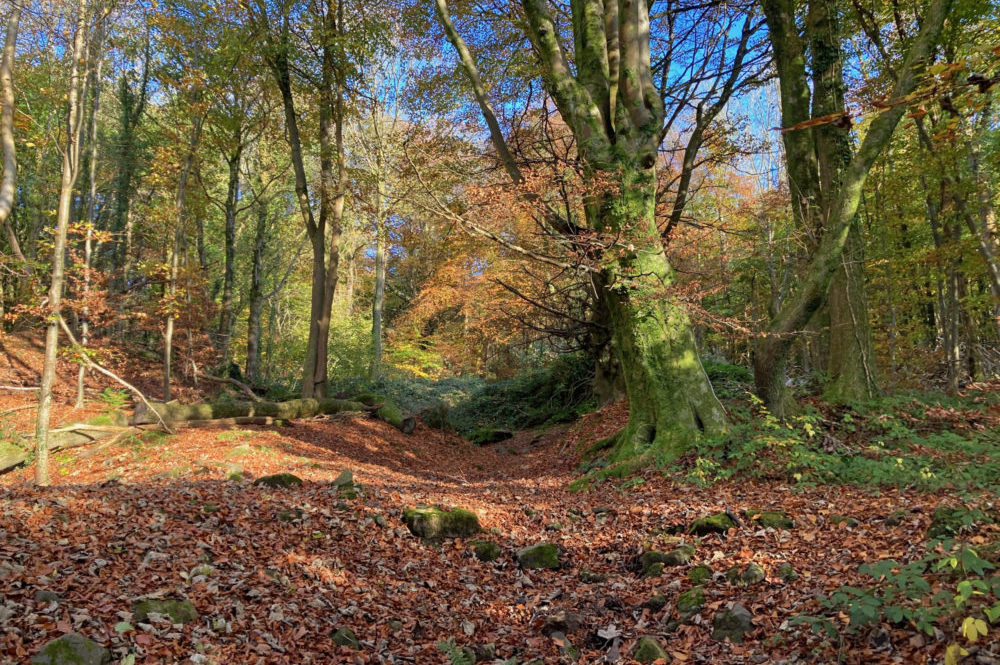
Well, there we are … just a small taste of the delights of ‘Amgueddfa Cymru – The National Museum of Wales’ in Cardiff.
Why are museums important? At the opening night of the ‘Strike Exhibition’ which is currently on show at the museum some very good arguments were made why museums are vital for the community that they serve.
A comment that made me really think was that the exhibition spaces and galleries which hold so many precious collections are safe places, where everyone is welcome and in Wales admission is free. There is something so deeply profound about this.
As we enter the New Year and our thoughts turn to new things to do, if you have not visited the Gwendoline and Margaret Davies Galleries, add this to your list and perhaps even find the great artist in your local landscape as well.
Blwyddyn Newydd Dda i bawb
Happy New Year to all
Further Info
Many thanks to Amgueddfa Cymru and in particular to Kay Kays, Copyright and Licensing officer for the very kind permission to reproduce the images of the artworks held in the collection of the National Museum.
Find out more about ‘Amgueddfa Cymru – The National Museum of Wales here.
Support our Nation today
For the price of a cup of coffee a month you can help us create an independent, not-for-profit, national news service for the people of Wales, by the people of Wales.




